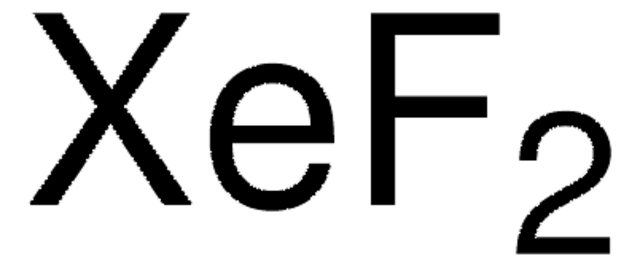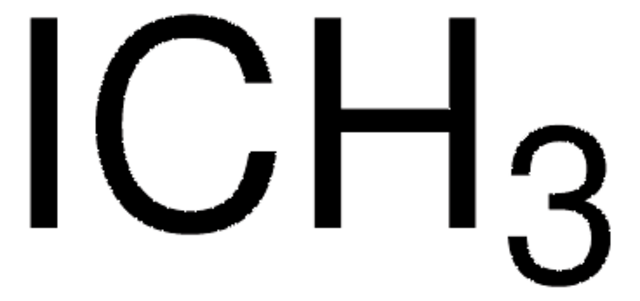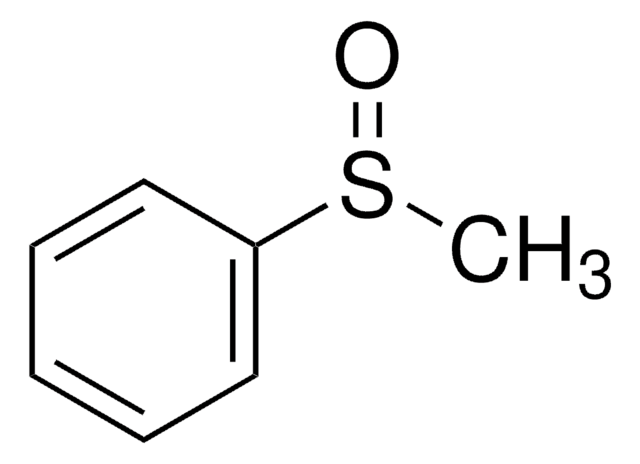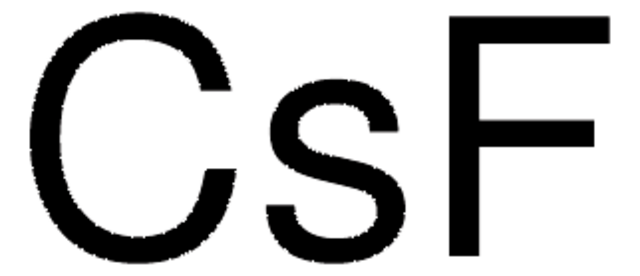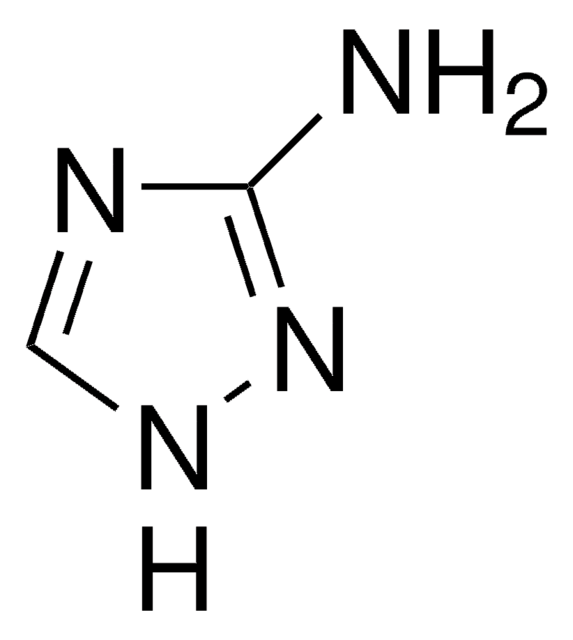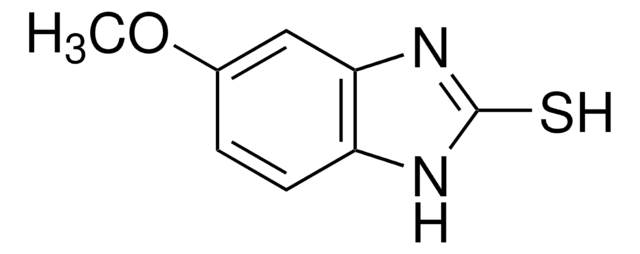394505
Xenon difluoride
99.99% trace metals basis
Synonym(s):
Xenon Fluoride (XeF2)
Sign Into View Organizational & Contract Pricing
All Photos(1)
About This Item
Linear Formula:
XeF2
CAS Number:
Molecular Weight:
169.29
EC Number:
MDL number:
UNSPSC Code:
12352300
PubChem Substance ID:
NACRES:
NA.23
Recommended Products
vapor pressure
3.8 mmHg ( 25 °C)
Quality Level
Assay
99.99% trace metals basis
form
crystals
mp
129 °C (lit.)
density
4.32 g/mL at 25 °C (lit.)
SMILES string
F[Xe]F
InChI
1S/F2Xe/c1-3-2
InChI key
IGELFKKMDLGCJO-UHFFFAOYSA-N
Looking for similar products? Visit Product Comparison Guide
Related Categories
General description
Xenon fluoride may be obtained by interacting elemental xenon and fluorine in the temperature range of 473-523 oC and 5 absolute atmosphere. Xenon difluoride readily interacts with Lewis acid and forms complexes.
Application
Very useful fluorination agent. Xenon fluoride may be used as a fluorinating agent to analyze sulphur, selenium and tellurium by gas chromatography.
Packaging
Packaged in PFA/FEP bottles
Signal Word
Danger
Hazard Statements
Precautionary Statements
Hazard Classifications
Acute Tox. 1 Inhalation - Acute Tox. 3 Oral - Eye Dam. 1 - Ox. Sol. 2 - Skin Corr. 1B
Storage Class Code
5.1B - Oxidizing hazardous materials
WGK
WGK 3
Flash Point(F)
Not applicable
Flash Point(C)
Not applicable
Personal Protective Equipment
dust mask type N95 (US), Eyeshields, Gloves
Choose from one of the most recent versions:
Already Own This Product?
Find documentation for the products that you have recently purchased in the Document Library.
Use of Xenon difluoride for the determination of sulfur, selenium and tellurium as the volatile fluorides by gas chromatography
Aleinikov NN, et al.
Russian Chemical Bulletin, 22(11), 2552-2554 (1973)
Infrared spectra of complex compounds of xenon difluoride with ruthenium pentafluoride
Prusakov VN, et al.
Journal of Applied Spectroscopy, 17(1), 920-922 (1972)
Fluorination with XeF(2).(1) 44. Effect of Geometry and Heteroatom on the Regioselectivity of Fluorine Introduction into an Aromatic Ring.
Marko Zupan et al.
The Journal of organic chemistry, 63(3), 878-880 (2001-10-24)
Tsung Yi Chiang et al.
Journal of synchrotron radiation, 17(1), 69-74 (2009-12-24)
The synchrotron radiation (SR) stimulated etching of silicon elastomer polydimethylsiloxane (PDMS) using XeF(2) as an etching gas has been demonstrated. An etching system with differential pumps and two parabolic focusing mirrors was constructed to perform the etching. The PDMS was
Minseob Kim et al.
Nature chemistry, 2(9), 784-788 (2010-08-24)
The application of pressure, internal or external, transforms molecular solids into extended solids with more itinerant electrons to soften repulsive interatomic interactions in a tight space. Examples include insulator-to-metal transitions in O(2), Xe and I(2), as well as molecular-to-non-molecular transitions
Our team of scientists has experience in all areas of research including Life Science, Material Science, Chemical Synthesis, Chromatography, Analytical and many others.
Contact Technical Service